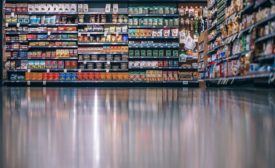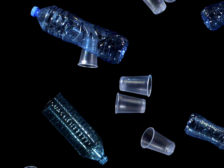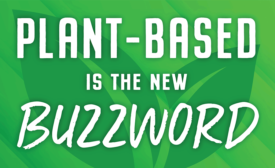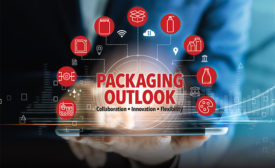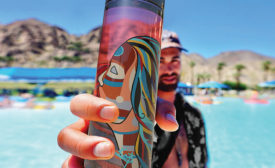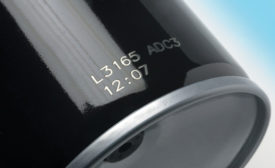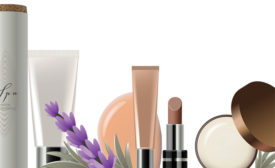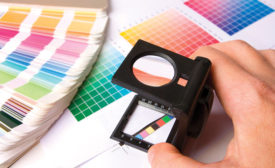Home » Keywords: » consumer packaged goods trends
Items Tagged with 'consumer packaged goods trends'
ARTICLES
Brand Packaging
Packaging Industry Must Prioritize Strategies for Eliminating Waste
Achieving zero waste takes a partnership, not just a vendor.
June 16, 2021
Brand Packaging: Plant-Based Packaging
Plant-Based Is the New Buzzword in Food Packaging
How to maximize your plant-based foods products in branding, packaging and marketing.
May 13, 2021
Spotlight Feature
Packaging Outlook 2020: Collaboration, Innovation, Flexibility
Consumer packaged goods manufacturers, retailers and OEMs are finding new growth with partner collaborations.
March 20, 2020
Machinery
CPG Manufacturers Turn to Fiber Laser Marking Systems
Advancements in laser marking technology make an enticing option on the packaging line.
January 16, 2020
Brand Packaging: Consumer Trends
Top Trends Driving Branding and Packaging
Consumer trends are the driving force behind packaging innovations in the marketplace.
July 16, 2019
Brand Packaging: Color Management
The Importance of Color in Consumer Packaging
Cost efficient solutions to common color management problems.
April 1, 2019

